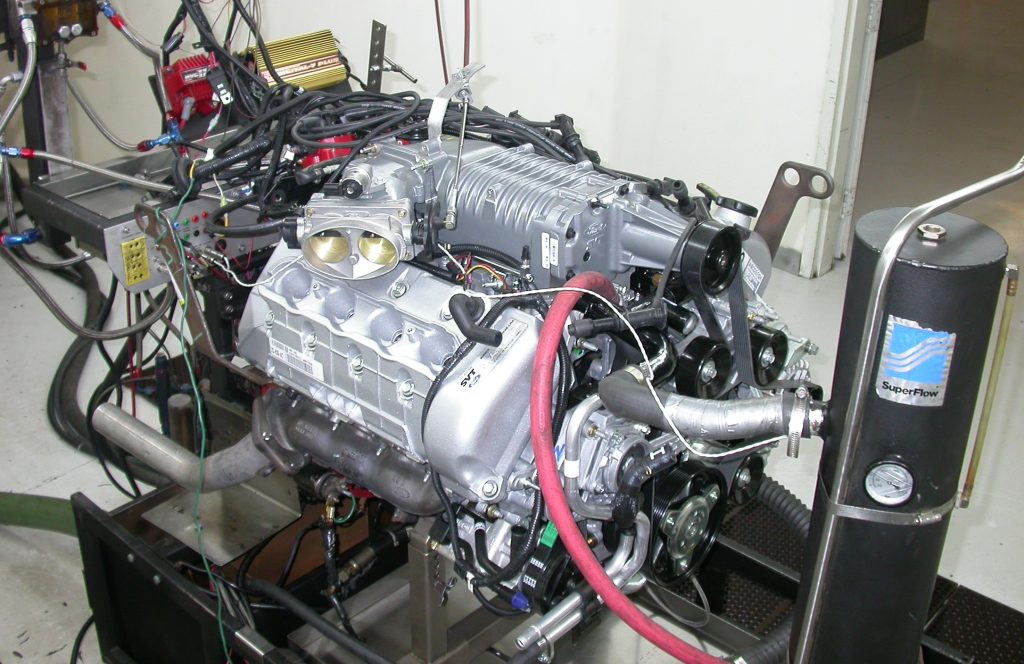
What is your favorite power adder?
The question is actually quite common among performance enthusiasts. The problem is often choosing between the different types. Let’s face it, as good as all-motor builds are, they can be made even more powerful with the addition of either boost or nitrous! And the folks lucky enough to enjoy the massive benefits of a supercharger, turbocharger, or nitrous oxide all swear by the results.
There is something addictive about what can best be described as an over-abundance of torque.
In truth, it doesn’t really matter whether that thrust comes from the rapid boost response of a factory roots supercharger (like our 2003 4.6L Ford Cobra motor), a properly sized turbo system, or the push-button power offered by the injection of nitrous, it is hard to argue with the potential of a good power adder. If you were to poll performance enthusiasts or local track hounds, where blowers, turbos, and nitrous all compete head-to-head, everyone has their favorite.
Perhaps an even better question than which one should you choose, is…why choose just one?
To illustrate the potential of doubling up on power adders, we decided to add a Zex nitrous kit to a factory supercharged 2003 4.6L Ford Cobra motor.
After all, the only thing better than a boosted Terminator motor, is a boosted Terminator on ice!
Understanding the Science of Nitrous
Why do we refer to adding nitrous to a supercharged Terminator as putting it on ice?
Well, a brief understanding of nitrous is in order here.
When supplied to the motor, nitrous oxide might best be thought of as a form of chemical supercharging. Since the power output of the motor is a direct function of the number of oxygen molecules supplied to the motor, the more molecules we can supply, the greater the power output. In the case of forced induction, like our supercharger, the additional oxygen molecules came via an increase in the volume of air.
True enough, the density (number of oxygen molecules) actually decreases with the increase in temperature (heat is a natural byproduct of compression), the increase in volume more than offsets the decrease in density. The net result is, despite the reduction in density, we have more molecules and therefore more power.
Unlike supercharging, nitrous oxide does not increase the airflow, in fact there is a reduction in airflow when using nitrous, but rather the compound increases the number of oxygen molecules. The nitrous injection acts as an oxidizing agent by releasing free oxygen with the breakdown of the compound in the combustion chamber. The breakdown of the compound requires substantial heat (572 degrees), something easily supplied by the combustion process. Liberation of the oxygen molecules then requires only the addition of extra fuel. When combined in the proper amounts, the result is an impressive gain in power.
The Terminator on Ice
It should be obvious that both supercharging and nitrous oxide offer plenty of power potential all on their own, so just imagine what can be accomplished when you combine the two.
In addition to the power gains, an extra benefit of adding nitrous oxide to a supercharged motor is the cooling effect—hence, putting the Terminator on ice!
The compound nitrous oxide is stored as a liquid, but injected into the motor as a gas. In scientific terms, the transformation of a liquid to a gas, commonly known as boiling, requires an input of energy. For enthusiasts, especially supercharged enthusiasts, nitrous injection offers the added benefit of pulling heat from the air stream as it turns from a liquid to a gas.
Though most of us think of boiling water as being hot, nitrous has a super low (-129 degrees F) boiling point. Even after having drawn a tremendous amount of heat from the inlet tract from vaporization, the gaseous nitrous continues to cool things off by equalizing itself with the surrounding temperature. This cooling effect is in addition to the injection of all those power-producing oxygen molecules. The icing (excuse the pun) on the cake is that the now liberated nitrogen molecules also act as an anti-detonate.
Making Power with a Supercharger & Nitrous
To illustrate the gains offered by combining supercharging and nitrous oxide, we installed a Zex nitrous kit on our supercharged test motor. At the time of this test, the test mule was what could best be described as the mother of all Mustang motors, otherwise known as 2003 4-valve Cobra or Terminator.
The Cobra motor was actually supplied in crate form direct from Ford Racing. Pulled from the pages of Ford Racing catalog (PN M-6007-SC46, discontinued), the “official” power rating offered by Ford was 390 hp and 390 lbs.-ft. of torque—but it made plenty more.
Equipped with free-flowing, 4-valve heads, and Cobra-specific cams, the highlight of the 4.6L modular motor was the intercooled, Eaton M112 supercharger. For our test, the stock blower pulley was replaced with a smaller 3.2 inch unit from South Florida Pulley Headquarters (SFPH).
Labeled the Dial Ur Boost (DUB) system, the pulley assembly featured an adapter hub designed to accept (easy) bolt-on pulleys to replace the factory press-fit version. The DUB system was also incorporated on the crankshaft. For our test, the Terminator was equipped with a 3.2/7.5 inch pulley combo, resulting in a peak boost pressure of 12.1 psi.
So equipped, the Terminator produced peak numbers of 533 hp at 6,400 rpm and 518 lbs.-ft. of torque at 3,700 rpm. The boost pressure started at 11.6 psi at 3,000 rpm, climbed to 12.1 psi from 4,300 rpm to 5,300 rpm then dropped off to just 10.9 psi at 6,500 rpm. Now it was time to put this baby on ice!
Installing the Nitrous System
The Zex wet EFI nitrous kit featured a single fogger nozzle designed to inject both nitrous and fuel. This Zex wet kit was equipped with 54 nitrous and 32 fuel jets.
We simply installed the fogger nozzle into a vacuum fitting on the AccuFab throttle body inlet (in front of the blower). To facilitate the installation of the fogger nozzle, we removed a vacuum fitting then tapped the opening with the tap supplied in the Zex kit. This pre-blower position maximized cooling of the inlet air into the supercharger.
The additional fuel supply for the fuel jet (through the Zex solenoid controller box) was provided by the Schrader valve in the factory fuel rail. We simply installed the supplied adapter fitting in the kit. We then connected the supplied fuel line from the fuel rail to the controller box. The kit also included the line from the 10 pound nitrous bottle to the controller. The final lines included those run from the controller to the nozzle.
The 54 nitrous jetting (combined with an additional 4 degrees of ignition retard) increased the power output of the supercharged 2003 Cobra motor by as much as 126 hp and 140 lb.-ft. of torque. The peak numbers checked in at 638 hp at 6,300 rpm and an amazing 636 lbs.-ft. of torque at 4,800 rpm.
Slightly higher rpm and more tuning might have yielded even greater peak power gains, but putting the boosted Terminator on ice showed how well the dual power adder combination really works!
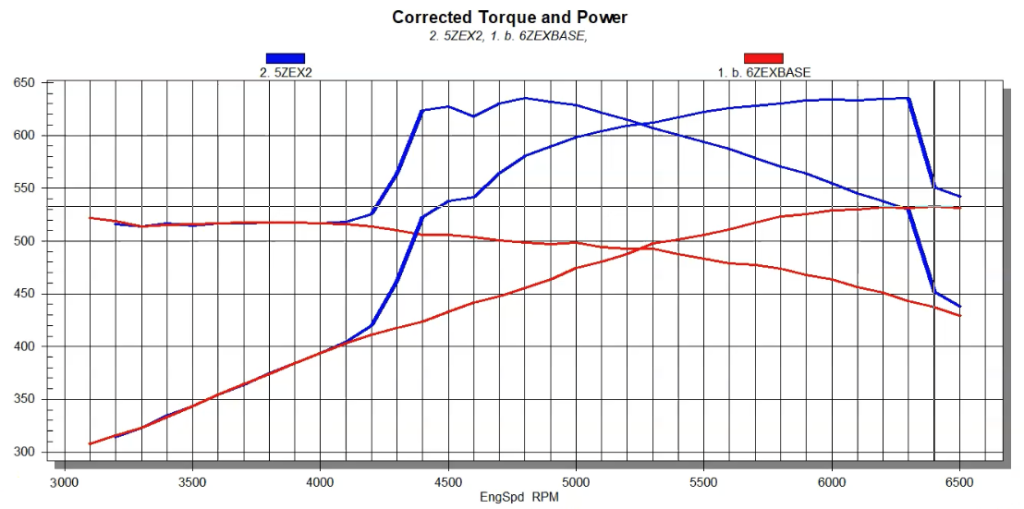
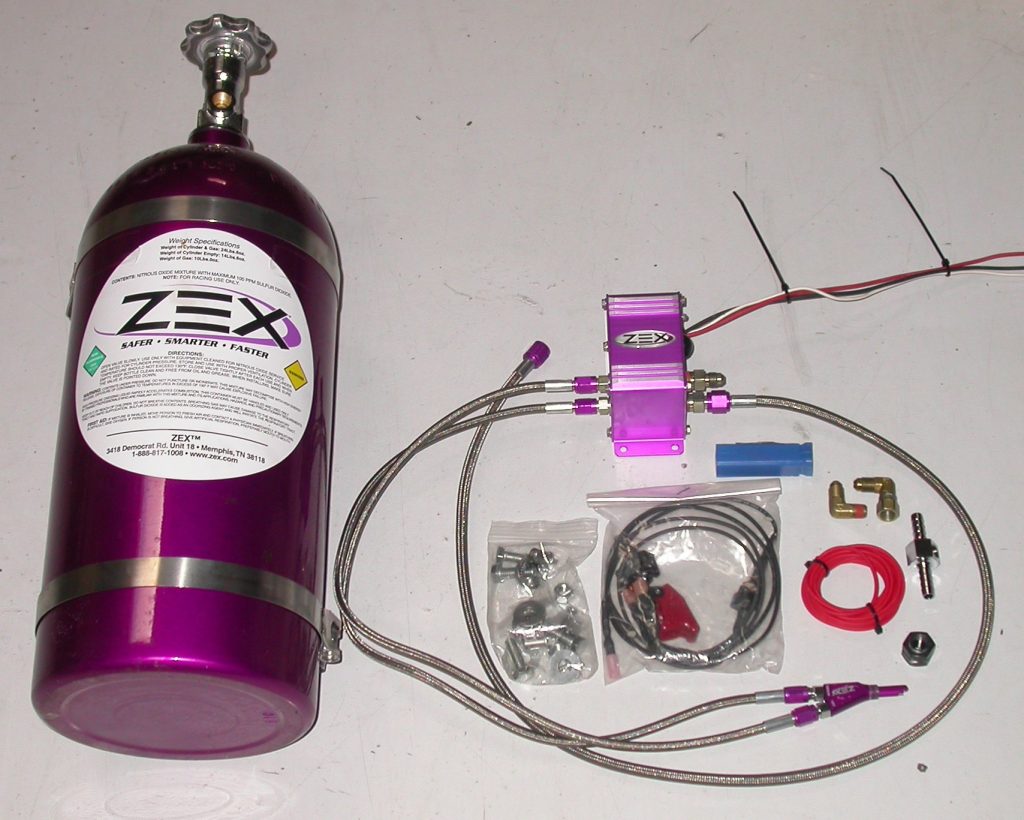
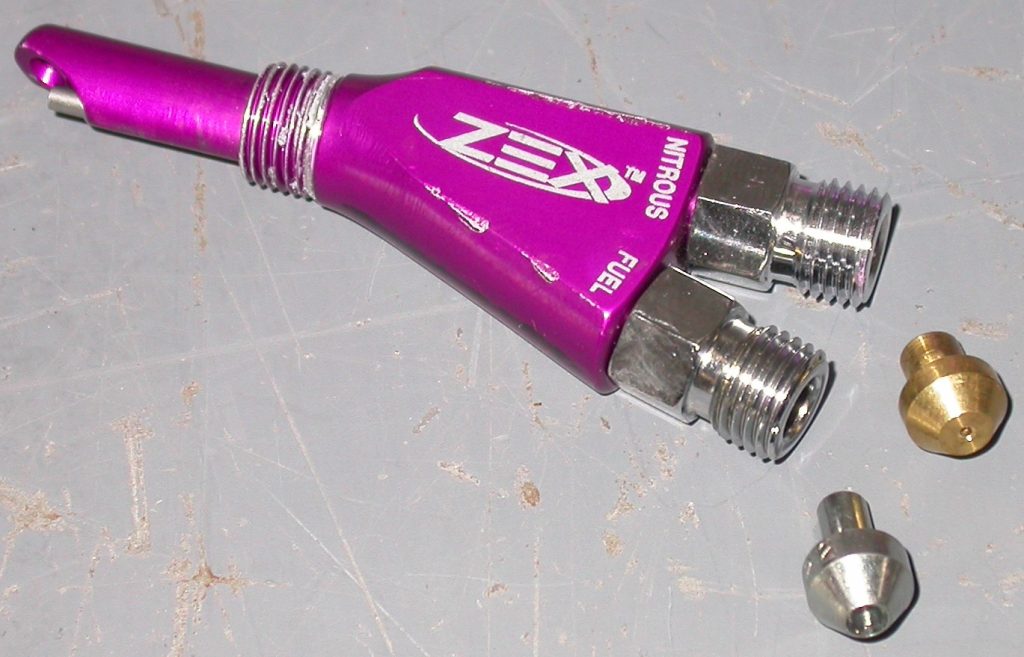
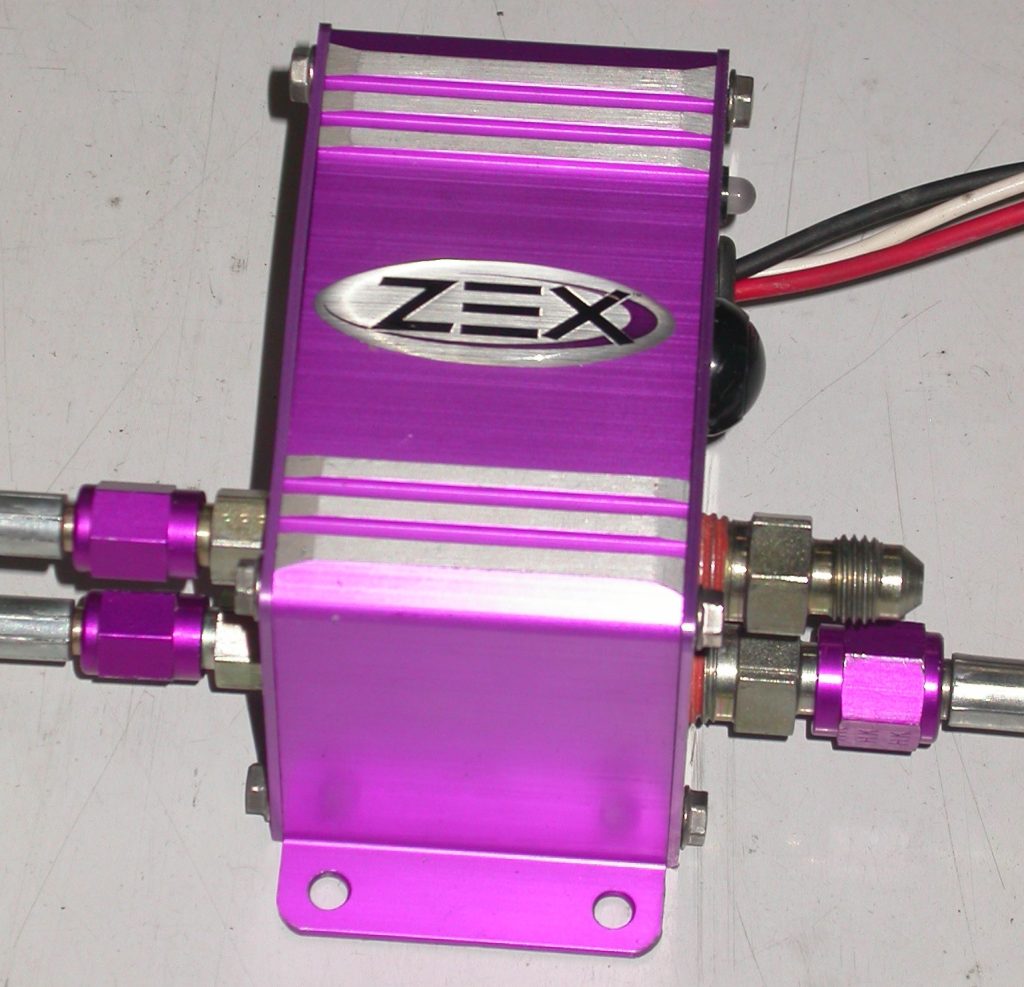
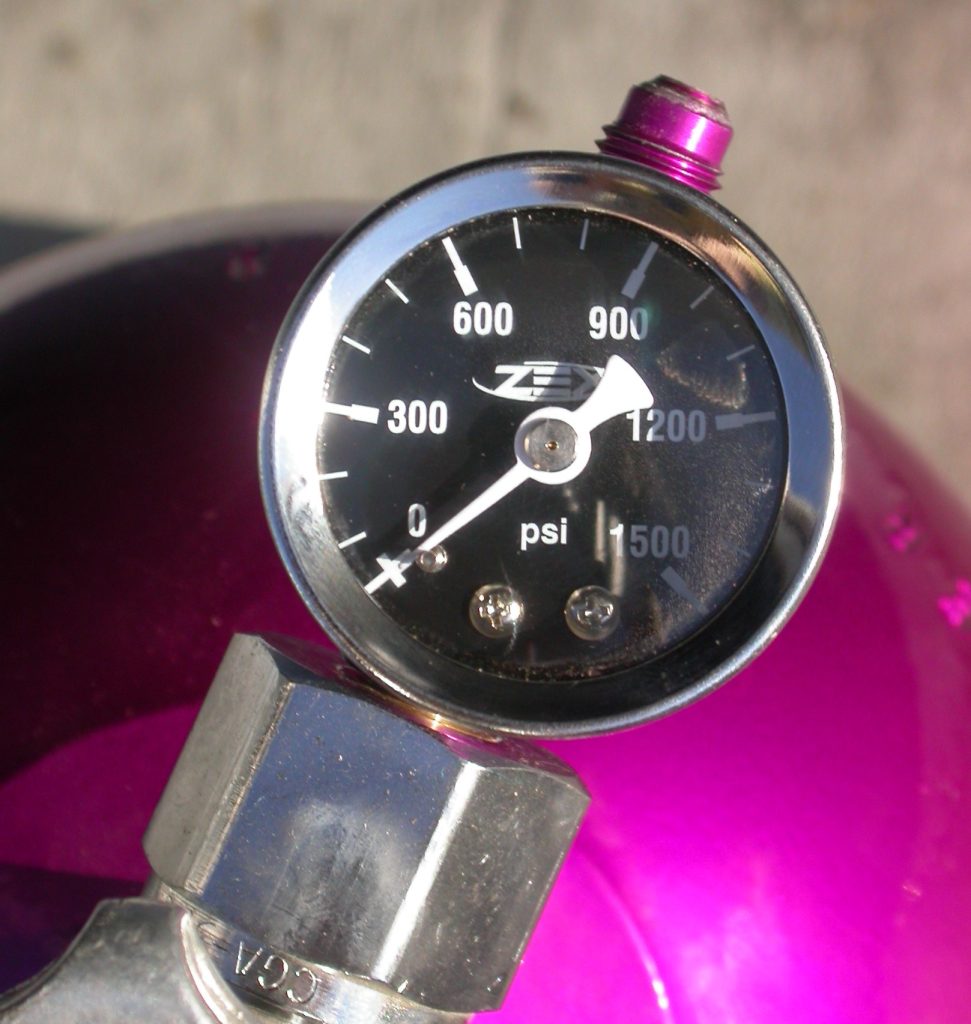
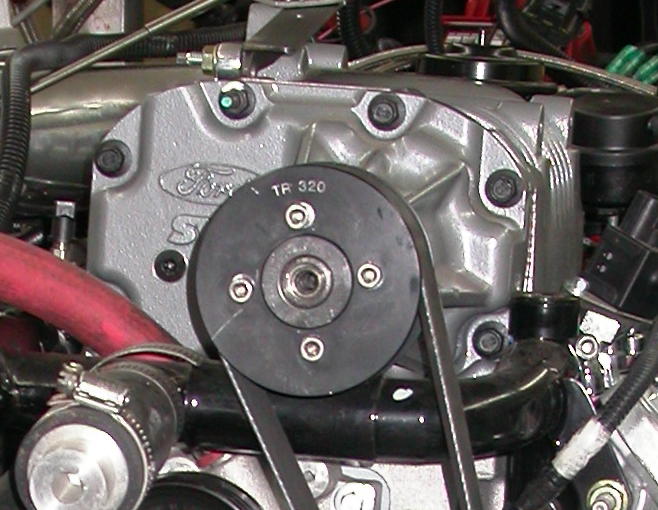
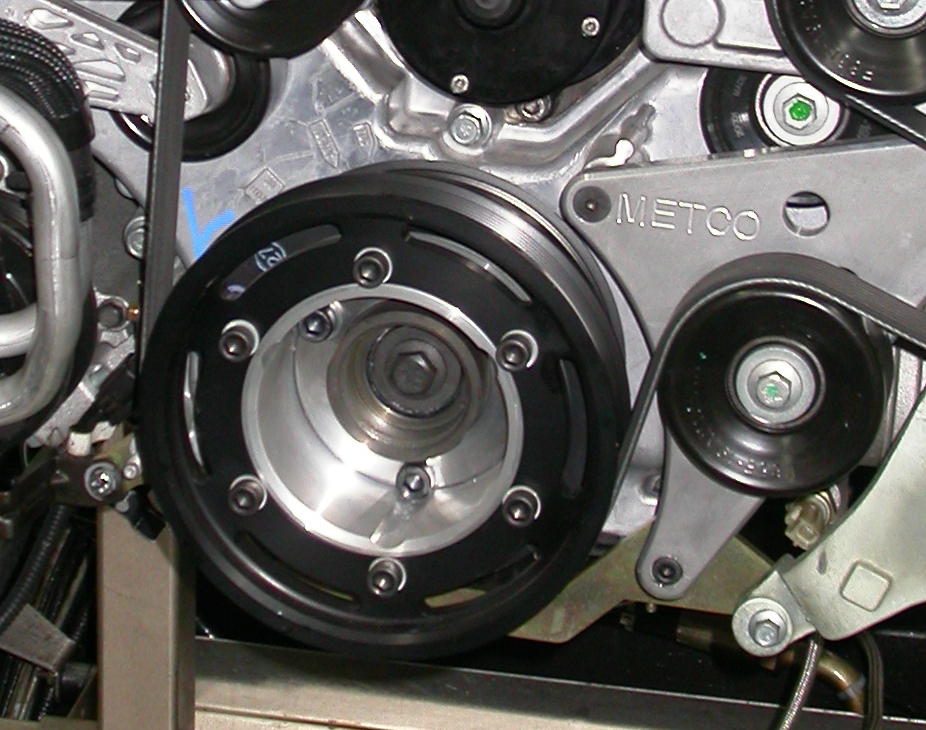
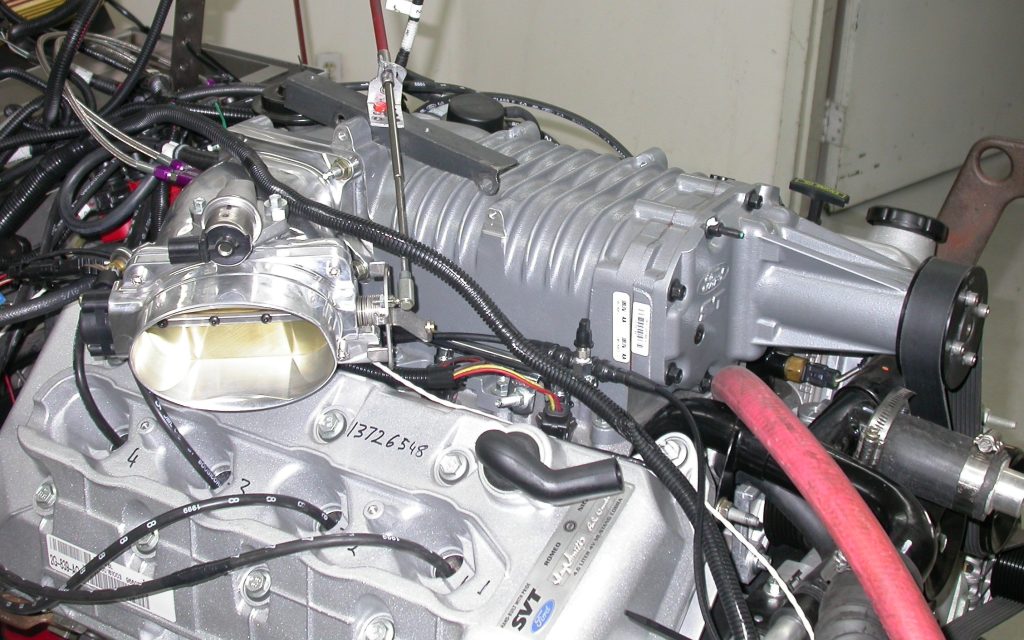
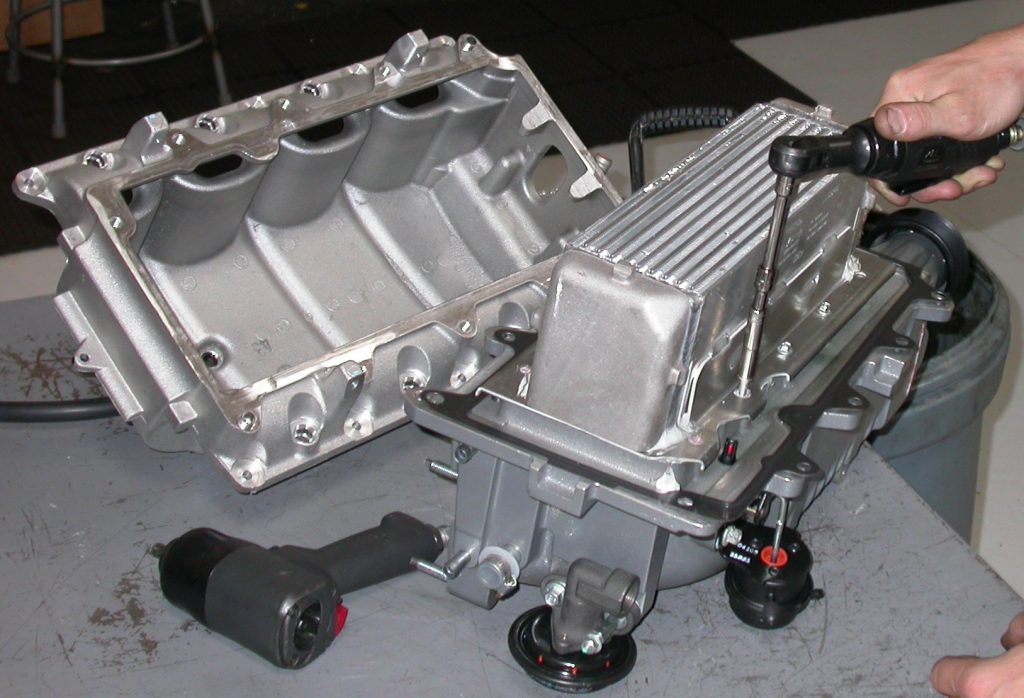
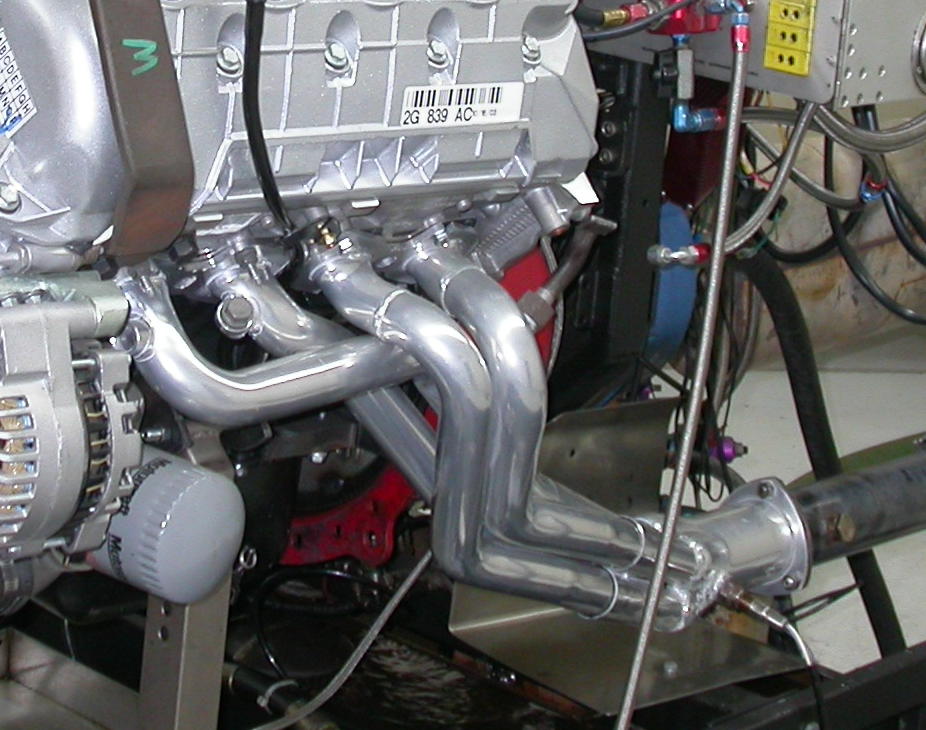

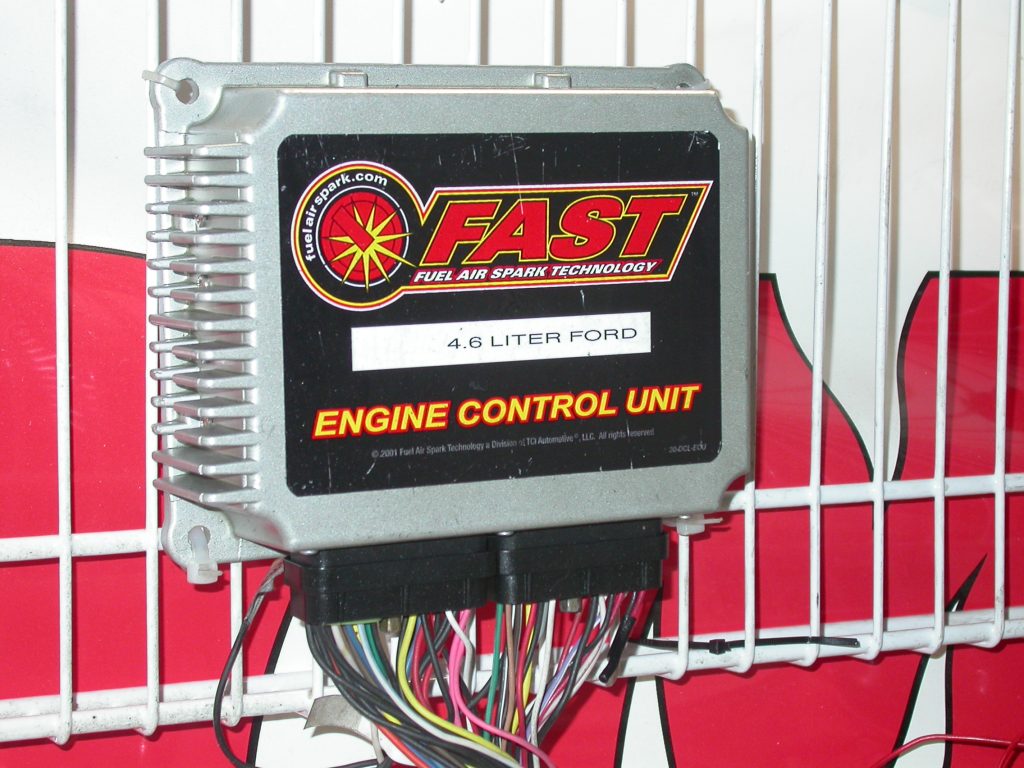
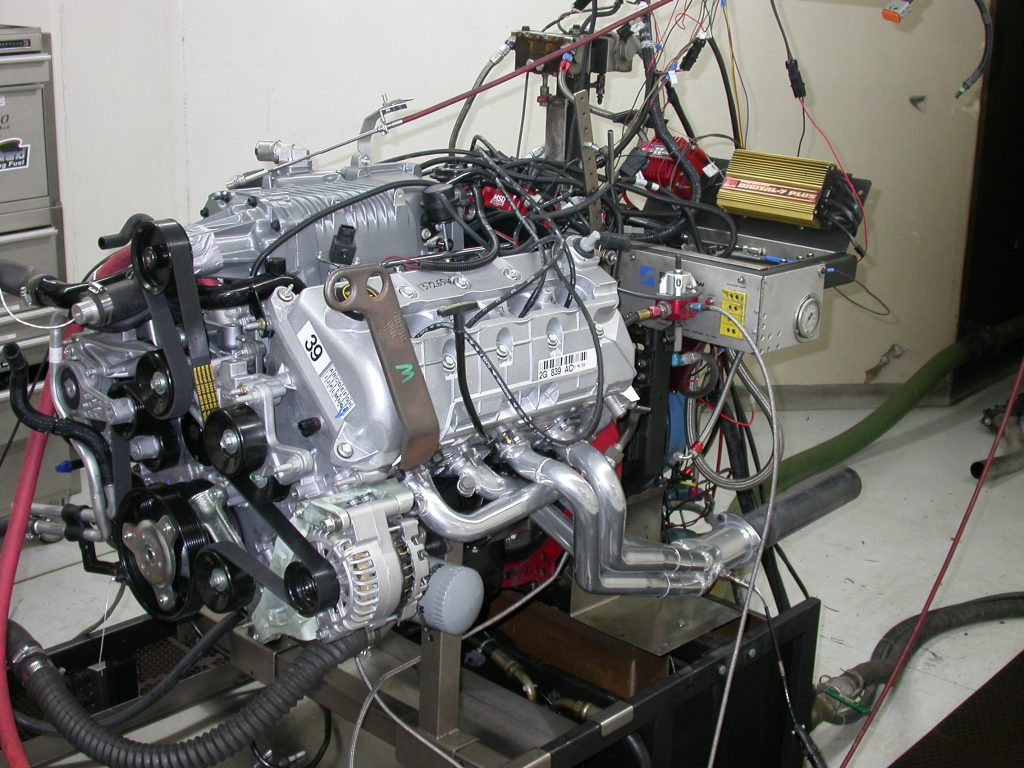
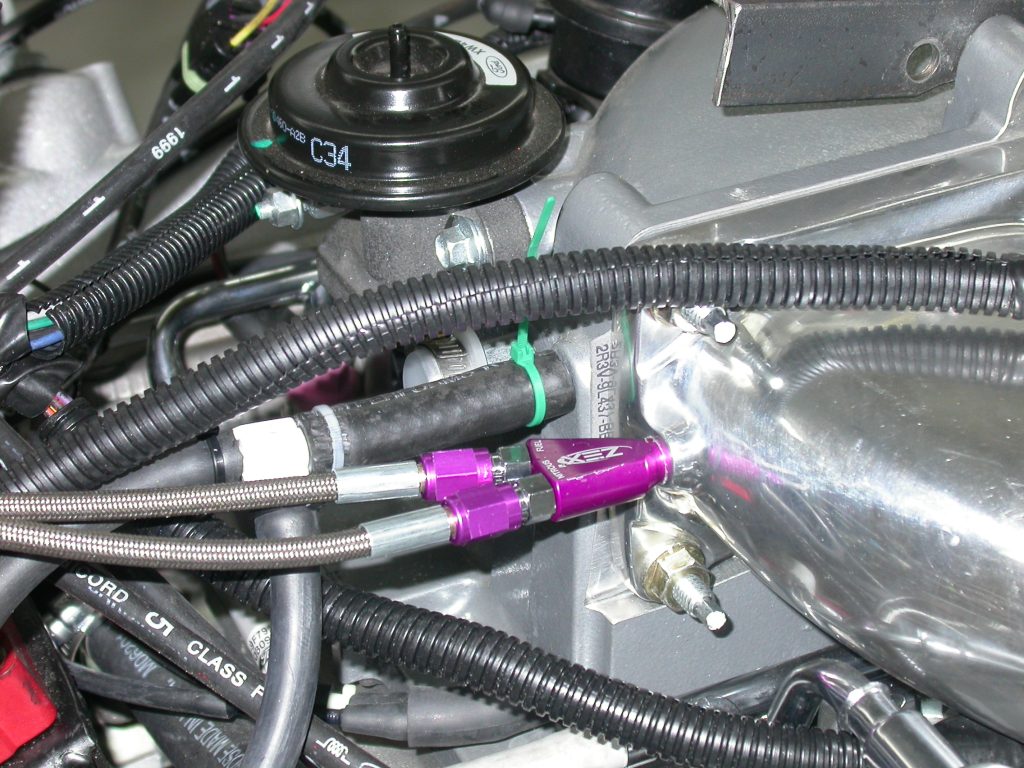
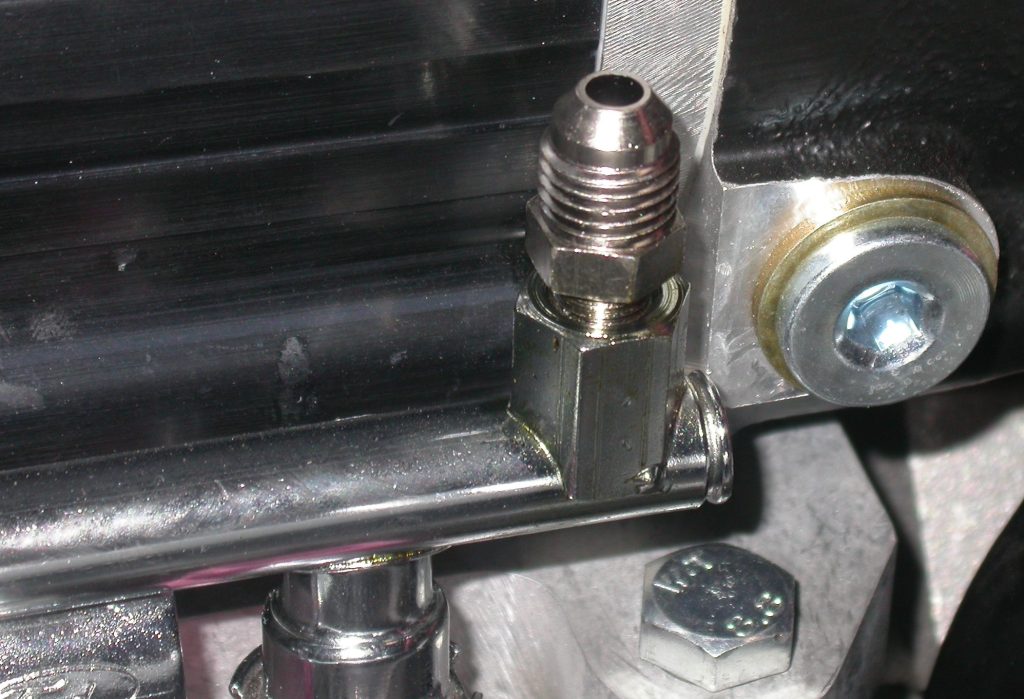
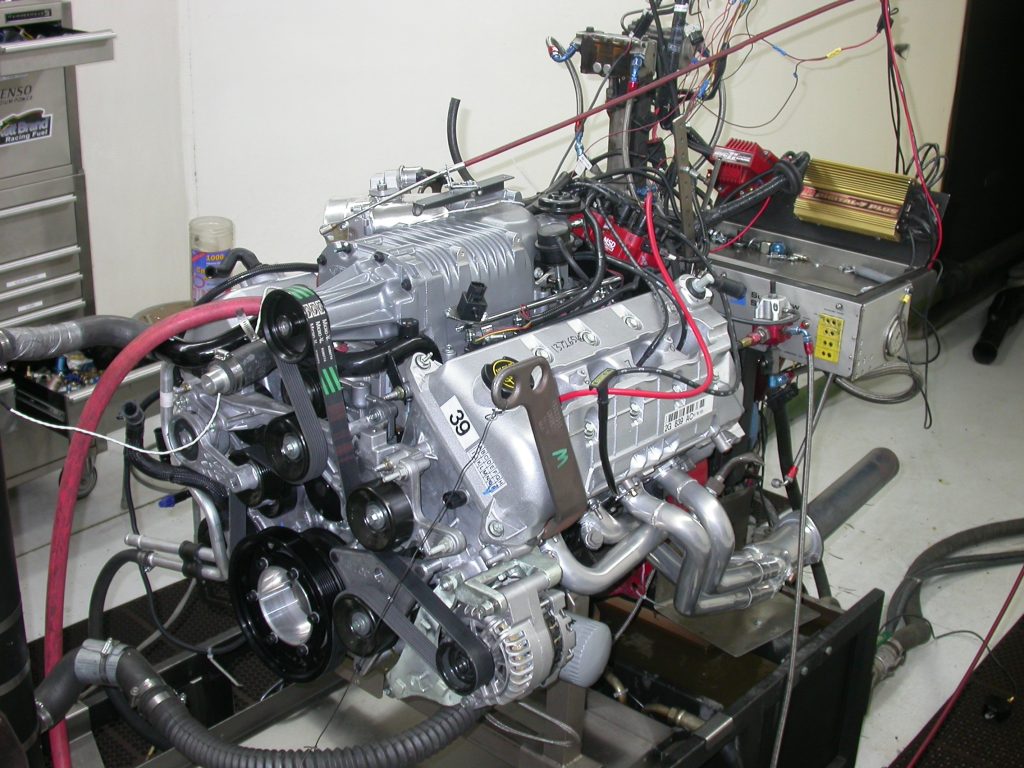

I’d like to see you do this mod and article on the supercharged 5.4l Shelby motor.
Will it work on a 2001 cobra?
I ran this exact setup on my 03 cobra for a while. It was fun. When it worked right it hit hard. A Couple of problems to note. First the Zex controller is not sealed. I wrapped the board in a balloon with wire ties an dilect grease to keep the water out. It got wet once and caused all sorts of issues. Second keeping a Nitrous bottle at the correct presure is a must so you need a bottle warmer. Next you need a purge. If you don’t purge it’s not going to hit until the next gear. The better setup is a twin screw. Less stuff to fiddle with.